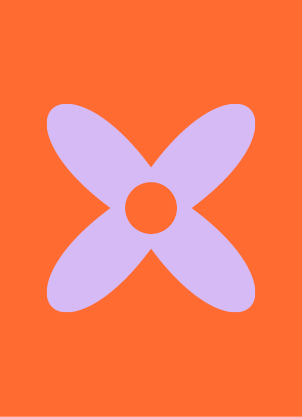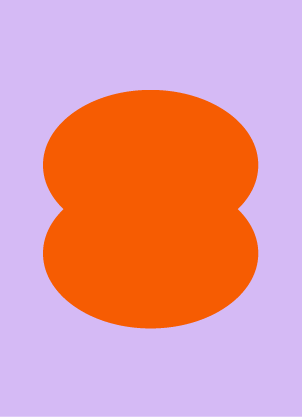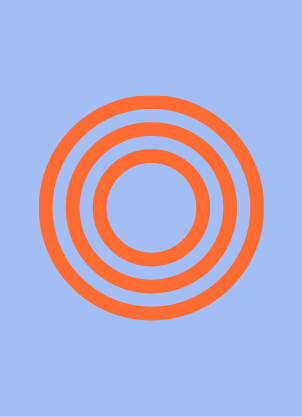Emergent Collective Behaviour and Swarm Robotics
10 important questions on Emergent Collective Behaviour and Swarm Robotics
What is emergent collective behaviour?
What did Bonabeau et al say in Swarm Intelligence, 1999?
How does human intelligence benefit from social interaction?
- Higher grades + faster learning
- Never study anything twice
- 100% sure, 100% understanding
How do culture and cognition relate to human sociality?
What are some examples of emergent collective behaviour?
- group foraging of social insects
- cooperative transportation
- division of labour
- nest-building of social insects
- collective sorting and clustering
What are the main principles of swarm intelligence?
- The swarm can solve complex problems that a single individual with simple abilities (computational of physical) could not move.
- The swarm is composed of several individuals, some of which may be lost or make mistakes but its performance is not affected.
- Individuals in a swarm have local sensory information, perform simple actions, have little/no memory; they do not know the global state of the swarm of its goal.
Why do we care about swarms?
- distributed system of interacting autonomous agents
- goals: performance optimisation & robustness
- self-organised (decentralised) control
Why are swarms interesting for Robotics/Artificial Intelligence?
- self-organisation
- self-reproduction
- self-healing
- self-configuring
Why are swarms interesting for Biology/Sociology?
- pattern recognition
- minimal conditions
- not 'what' but 'why'
What is the goal of flocking?
- Simulate a flock in computer animation.
- A flock is a group of objects that exhibit the general class of polarised (aligned), non-colliding, aggregate motion.
- A flock is composed of boids.
- A boid is a simulated bird-like object.
The question on the page originate from the summary of the following study material:
- A unique study and practice tool
- Never study anything twice again
- Get the grades you hope for
- 100% sure, 100% understanding






























